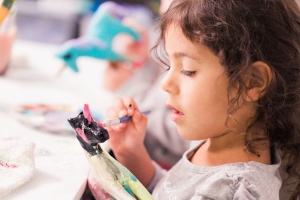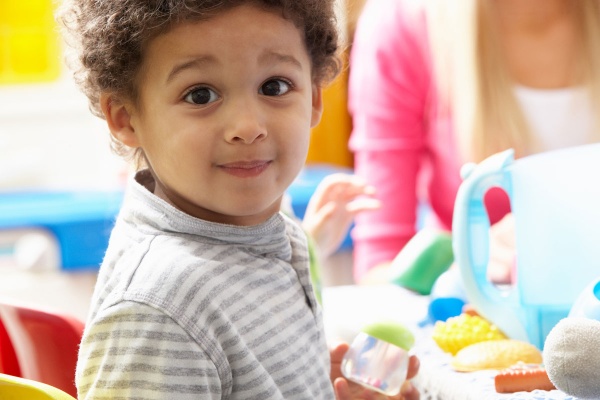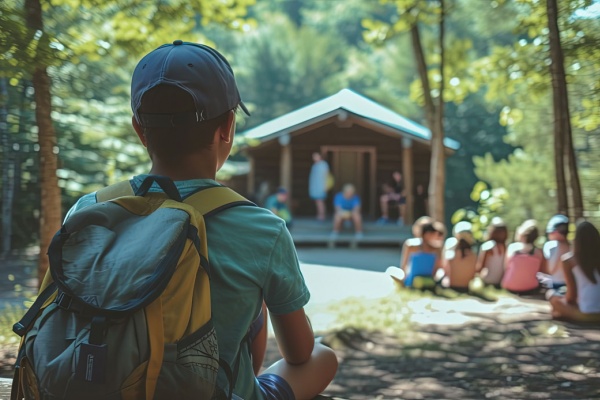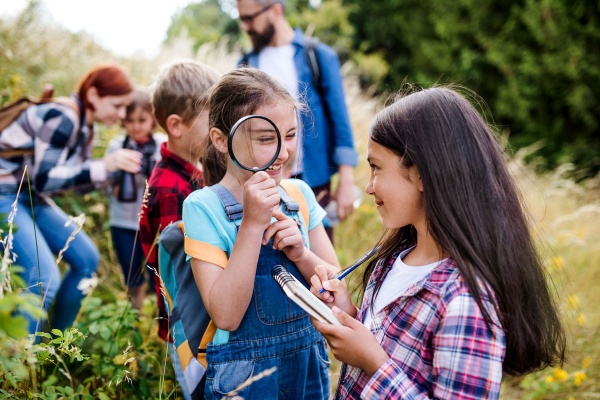

10 Ways to Improve Your Child's Listening Skills
Focused listening is one of the most important skills your child will ever learn. Children with strong listening skills do better in school, sports, relationships and, eventually, in their careers. But many children lack this important skill and parents are rightly concerned. What can you do?
First, listening is much more than just hearing. It is a given that you will have your child’s hearing checked by medical professionals and follow up if any problems are discovered. Occasionally a wax build-up, ear infection, fluid behind the eardrum or other relatively minor ear problems are present. If your child does have a hearing loss, be very sure to do all you can to maximize his or her hearing.
But listening problems are different. Listening is the conscious process of receiving meaning from the sounds we hear. It implies the ability to stay focused on the message, screen out distractions and make a meaningful connection with the content of the message. Good listening requires practice because it requires effort to do it well.
You can see that good listening requires not only the ears, but engagement of the mind and body as well. It is a series of decisions made by the listener and it can break down quite easily. Even children who want to “pay attention” and “follow directions” may be unable to if their attention is pulled away by background noise, movement, or other competing thoughts and sounds. Children need practice in focusing their attention, receiving the message, understanding the message and then responding in the appropriate way.
You can help your child be a better listener. Here are ten simple ways to build active listening skills.
Practice Makes Perfect
• Model active listening. Build listening motivation and success by intentionally gaining your child’s attention before expecting him to listen. Whenever possible, make eye contact before speaking. When he responds, maintain eye contact and repeat the content of the message or model good listening by using appropriate body language such as nodding.
• Encourage conversations on topics of her choice. Model good listening and show your appreciation for her ideas. It is surprising how little conversation takes place in our daily lives with today’s busy schedules. Mealtimes are often good times to engage in conversation.
• Read to him every day. A ten to fifteen minute read aloud session is one of the most powerful strategies you have to build listening skills. Select books he enjoys and stop often to predict what will happen next or to ask his opinion about the action in the story.
• Build her inner language by having her repeat back what you’ve said to her. Or ask her to explain what she is doing or what she plans to do. This will help her to focus on the steps in the process and will help her with listening to receive information and follow steps sequentially.
• Do the peanut butter and jelly sandwich game. Ask him to write down the directions for making a pbj and then you model following those directions exactly. Chances are there will be some gaps in the directions which make for a funny and a bit messy activity. The point will be made: listening and following directions is an exact skill if you want a good end product.
• Play the “add one more” game. Give one direction such as “Touch your nose.” Then add a second direction and ask her to do both in sequence. She will need to remember to touch her nose and then go on to the second command. Keep adding directions and see how many she can remember in sequence. Children love this game.
• Cook together. Find a simple recipe and enjoy time in the kitchen together. Reading the directions aloud and then following them carefully is great practice in building active listening skills.
• Take a Listening Walk. Go for a nature walk with the express intention of noticing sounds. Shhh. What do you hear? Where is the sound coming from? What is making that sound? You might even keep a listening log and record the things you hear.
• Play sound pattern games. Tap on a drum or clap hands in a variety of different rhythmic patterns and have your child repeat the sounds. You can play the same game by counting and clapping the syllables in words.
• Play the old standby, Simon Says. This game is not only fun for children; it also builds great listening skills. They do not respond unless the leader says, “Simon says.”
Jan Pierce, MEd, is a retired teacher and freelance writer who specializes in parenting, education and family life. She is the author of Homegrown Readers: Simple Ways to Help Your Child Learn to Read.





















